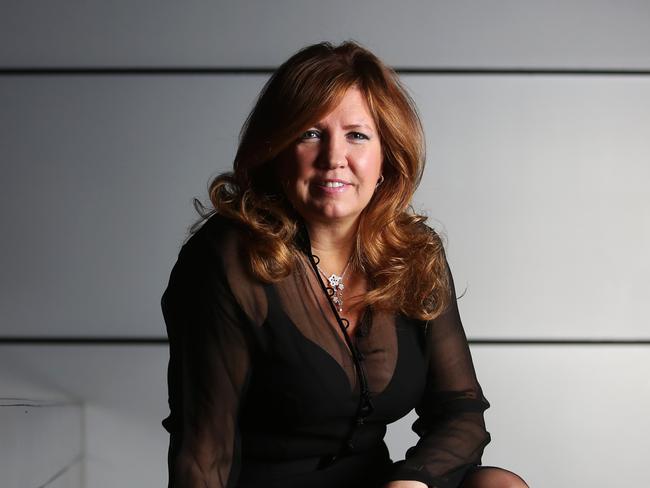Covid-19 will force leaders to get creative
Leaders need to exercise intuition if they want to make it in a more complex world.
Growing up the daughter of a presidential adviser, Pippa Malmgren had a microscopic view of the most influential leaders in the world. Her father, Harald, worked for four consecutive US presidents – Kennedy, Johnson, Nixon and Ford. His career doubled as an apprenticeship for young Malmgren, now a leading political economist.
The “real gift” from her childhood, she says, was being able to understand just how normal powerful political leaders are.
“They are just regular people and it’s much easier to deal with power, authority and leaders if you really understand it’s just a person … they get tired just like the rest of us, they have too much to do just like the rest of us, they have human frailty just like the rest of us,” Malmgren tells The Deal from London, where she is based. “When I’ve worked with leaders, I have watched, and the most dangerous thing is people get so overwhelmed by the power that they become afraid to tell them (leaders) what they really think.”
Malmgren’s career is layered. She moved from the trading floor of an investment bank in London to become an economic adviser to George W Bush and Barack Obama in the White House, and then to co-found a robotics firm. But there’s a common thread: her experience translating technical jargon into plain language helped her make a seamless transition to advising business leaders.
She recently delivered the keynote speech at Portfolio Construction Forum’s 2020 Strategies Conference.
Her latest book, The Infinite Leader, is co-authored with UK entrepreneur and writer Chris Lewis. It follows their 2018 publication, The Leadership Lab, which grappled with how business leaders could respond to seismic geopolitical shifts such as Brexit.
The COVID pandemic has brought a new wave of uncertainties and the authors argue that amid this ambiguity, modern leaders need a balance of emotional intelligence and intuition. Leaders must have the creative capacity to imagine possibilities and reframe reality, skills typically overlooked in favour of analytical logic. Malmgren says the assumption is often that creativity is for artists, not leaders.
“But what we know is great leaders are skilled at using the right and the left side of the brain and using them at the same time,” she says. “Why would you operate with only one side of your brain in motion?

“Look at the scientists who work on COVID. You ask them simple questions like ‘how long will this last? Can I get it twice?’ Simple questions and their answer is ‘we don’t have enough data’. That’s true, they don’t. So now we have to look to the other side of the brain and ask what does our intuition say? What does our instinct start to tell us about how to handle this situation? What creative solutions can we come up with in the absence of hard, analytical facts?”
Malmgren says the dominant unbalanced leadership style can also be changed by adopting traits from either side of the masculine-feminine dichotomy. Instead of focusing purely on gender as an identity characteristic, she calls for leaders to embrace both masculine and feminine traits, that can be drawn on by both sexes. “Men can also have the feminine quality of caring about the group. And women can have the masculine quality about trying to get ahead for themselves. And really great leaders have both.
“Really great leaders can almost play that piano keyboard of masculine and feminine capability and move fluidly depending on the circumstances. And that’s the real skill – to be able to have full command of masculine and feminine energies.”
The first US presidential debate, heavily criticised for descending into chaos, was a staged example of the modern leadership crisis that fascinates Malmgren. She notes that Google searches for “move to Canada” spiked just hours into the televised event – highlighting a disenfranchisement in politics she sees mirrored in other Western countries.
She suggests one solution to the disengagement is to widen the public’s view of leadership beyond the US President and consider how individuals can be leaders in their own life. She says the recent civil unrest that stemmed from the Black Live Matters movement is an example of this. “Some people are protesting quietly and peacefully, and some people are protesting violently. But what it means is the leadership is happening, just not at the level we’re used to training the camera on. It’s happening lower down and at the level of real individuals.
“The leadership role is not always that other person over there. It’s you, and you and every individual can impact on the world with decisions they make.”



To join the conversation, please log in. Don't have an account? Register
Join the conversation, you are commenting as Logout